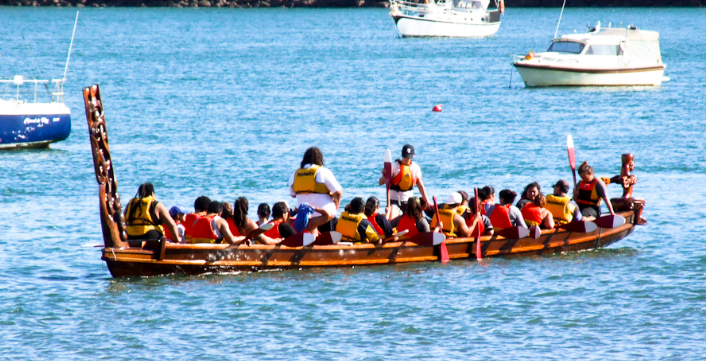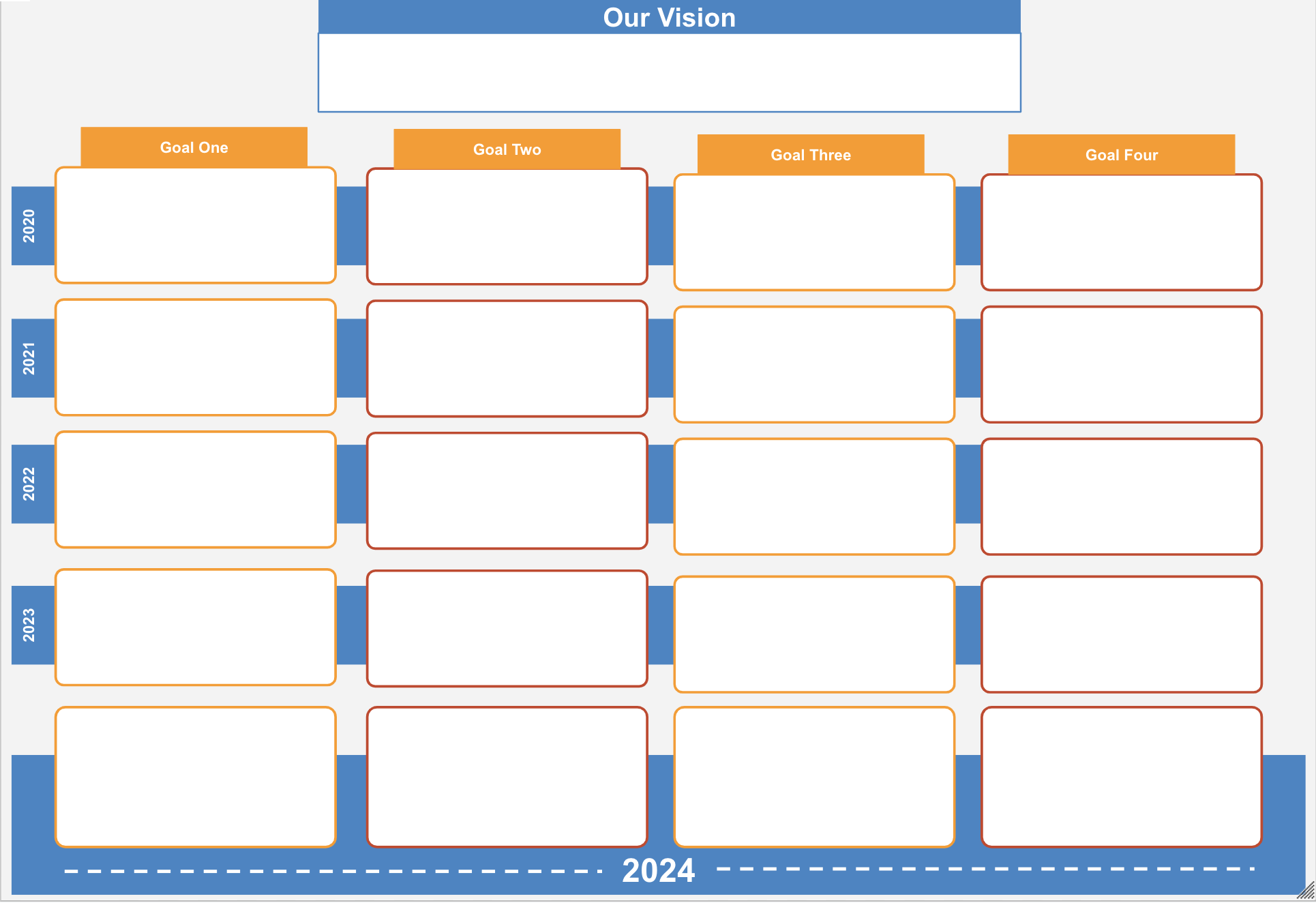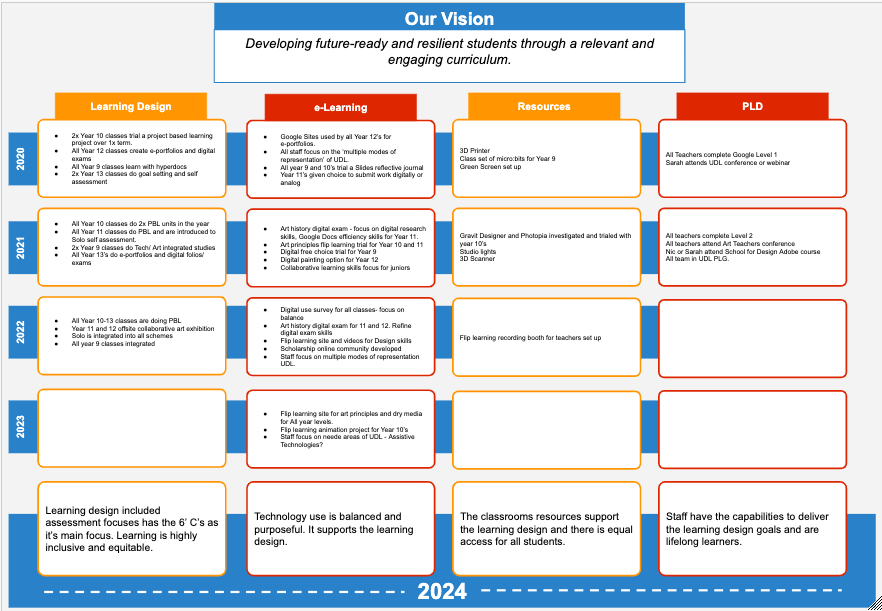If there is one constant in education it is change. At Using Technology Better we are very privileged to be able to support many schools with the purposeful and meaningful integration of technology and we learn a lot from each team we work alongside.
Education is a demanding and complex occupation and educators are very time poor so at the forefront of my mind when supporting a school is the importance of clarity and cohesion. These two keys elements in supporting empowering change are summed up nicely by one of my favourite Māori quotes ‘He waka eke noa, We’re all in this together’. A waka,(Māori canoe) can be a useful metaphor to consider, think of your team as all being in the waka together. This ensures clarity about direction and cohesion about how you are getting there.
[bctt tweet=” You owe your team clarity and cohesion! #utbpd #leadership @usingtechbetter
” username=”MrTTHATCH”]
However when it comes to goal setting, teacher inquiries, and appraisal what does this look like? What is a method for ensuring we are all paddling in the same waka and that we are navigating in the same direction?

If you look closely at an image of a waka being paddled the chief is nearly always standing in the middle of the hull so that he can guide with clarity and all members of the waka can hear his commands. If the chief was to stand on the back or front of the waka, or even on the shore, certain paddlers would not be able to hear him and the waka would lose momentum as some paddlers become confused. The chief knows each paddler must have a clear sense of purpose and encouragement. If you think about education in this light it is as if each paddler is going off to a separate room and paddling by themselves. With clear direction and purpose, ‘He moana pukepuke e ekengia e te waka, a choppy sea can be navigated’.
[bctt tweet=” With clear direction and purpose ‘He moana pukepuke e ekengia e te waka, a choppy sea can be navigated’ #utbpd @usingtechbetter #leadership #changemanagement” username=”MrTTHATCH”]
Most likely your school has a vision, goal or strategic plan that has been delivered to the staff and perhaps, each staff member has linked their own goals to this overarching goal. In order to develop a high performing team I would advocate that this goal setting be done collaboratively and not in silos. If you are really interested in developing a high performing team I really recommend the Drexler/ Sibbet Team Performance Model.
A Goal Setting template
When it comes to moving beyond rhetoric and giving clarity there is nothing better than getting things down on paper. I developed this simple long term, goal setting template in 2013 so that my team and I could all move in the same direction. I have found that by first breaking a goal down into sub-goals, then identifying what small, achievable steps will work towards the larger goal, success is viewed as achievable. The key thing with this template is that it is long term. Short term goal setting must link to long term goal setting and our waka should set off on a long journey with the idea of pacing each paddle stroke. We want to avoid an unsustainable sprint. Your team’s long term goals should feel almost impossible but your short term goals should feel totally achievable.
[bctt tweet=” Give your team clarity and cohesion by using this free goal setting template #utbpd @usingtechbetter” username=”MrTTHATCH”]
Make your own copy of the template.

A completed Goal Template (click to view PDF)

If you look closely at the completed template you’ll notice a few things. Firstly some areas are left blank intentionally. It is difficult to set short term goals for some areas such as PLD or resources as this is often reliant on the development of other goals. Secondly, you might wonder why there are no names next to the subgoals. I prefer to set the goals around year levels and subjects. This way the teacher is involved in the goal by default – there is no opting in. As you are moving as a team everyone owns the goals. If in the following year a teacher left and another ended up teaching a different year level the goals do not change. Any movement in staff results in staff members picking up the same paddle as the last teacher and building on their progress. This template can be supported by individual GROW coaching, inquiry and appraisal. Ensure that any individual goal setting or coaching is directly related to this main template.
Steps for using this template
1.Identify the main goals that support your vision.
2.Write these goals into the 5 year goal boxes.
3.Identify all achievable steps that can be taken across the school or department from years 1 to year 4.
4.Ensure each goal has been linked to a specific activity, unit, class or year level.
[bctt tweet=” Who owns goals? The team or the individual? #utbpd @usingtechbetter” username=”MrTTHATCH”]
Feel free to make a copy of the template and adapt it to your own use. You might like to print it off and complete it with your team. I would then suggest you revisit it every 12 weeks to ensure your waka is paddling well. If you are interested in further developing your leadership and change management skills check out our Certified Leader Program.











